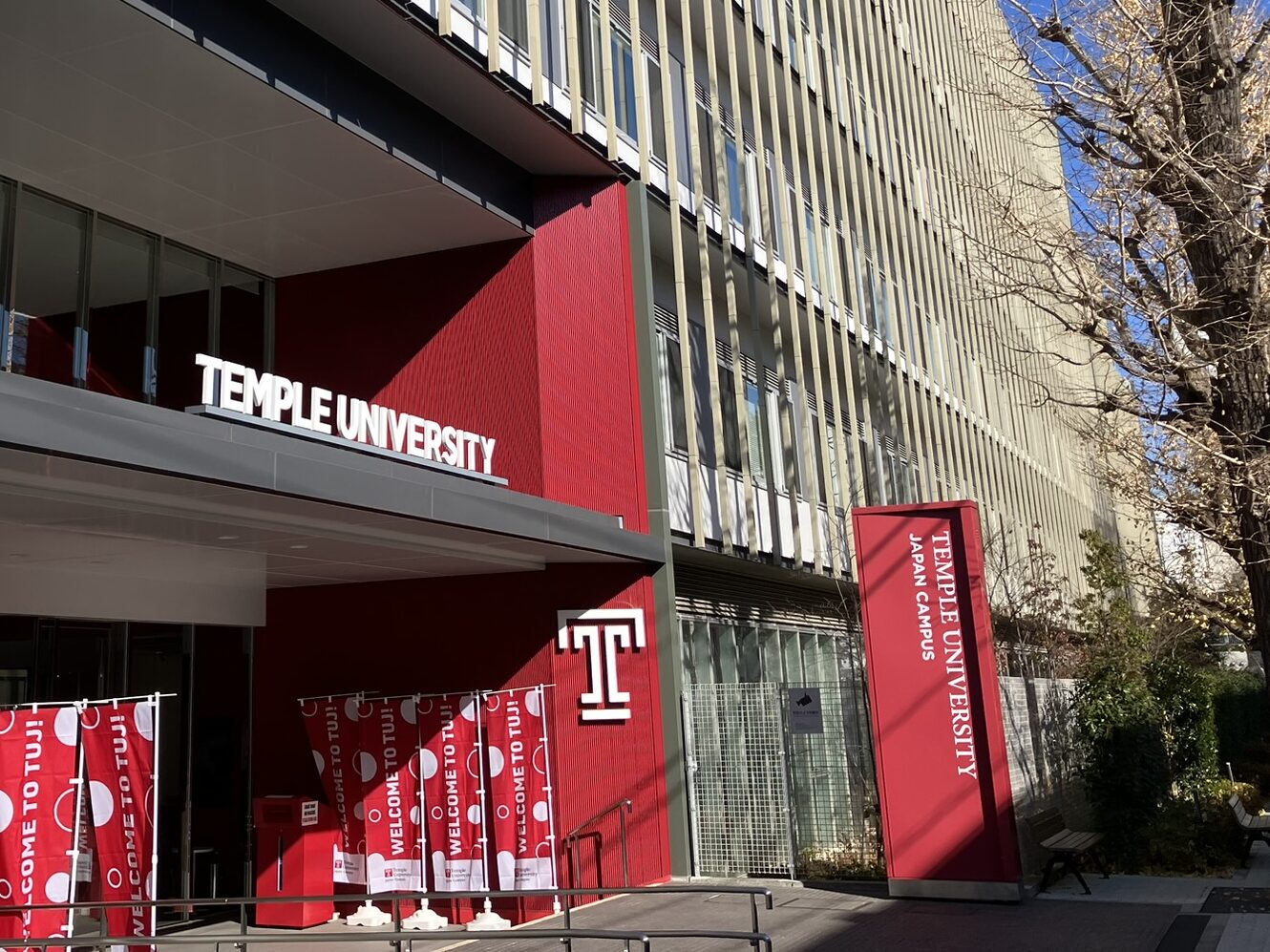
Before I even knew there was a Temple University in Philadelphia, I was already dreaming about flying across the Pacific to attend Temple University Japan. Most students have the opportunity to learn Spanish, French, or Latin in American high schools, but when I entered the 9th grade I was surprised to learn that Japanese was one of the languages I could choose from. I studied Japanese for four years, and soon enough representatives from every Japanese university under the sun were soliciting our class for prospective students. Out of the myriad of choices, Temple certainly caught my attention the most. However, I realized that attending four years of university in Japan was probably a little too ambitious, so I wound up applying to Main Campus instead. I still planned to study abroad at TUJ for a semester, but I decided to save it for my Junior year. This past Spring, it finally happened. My dream of visiting Japan came true.
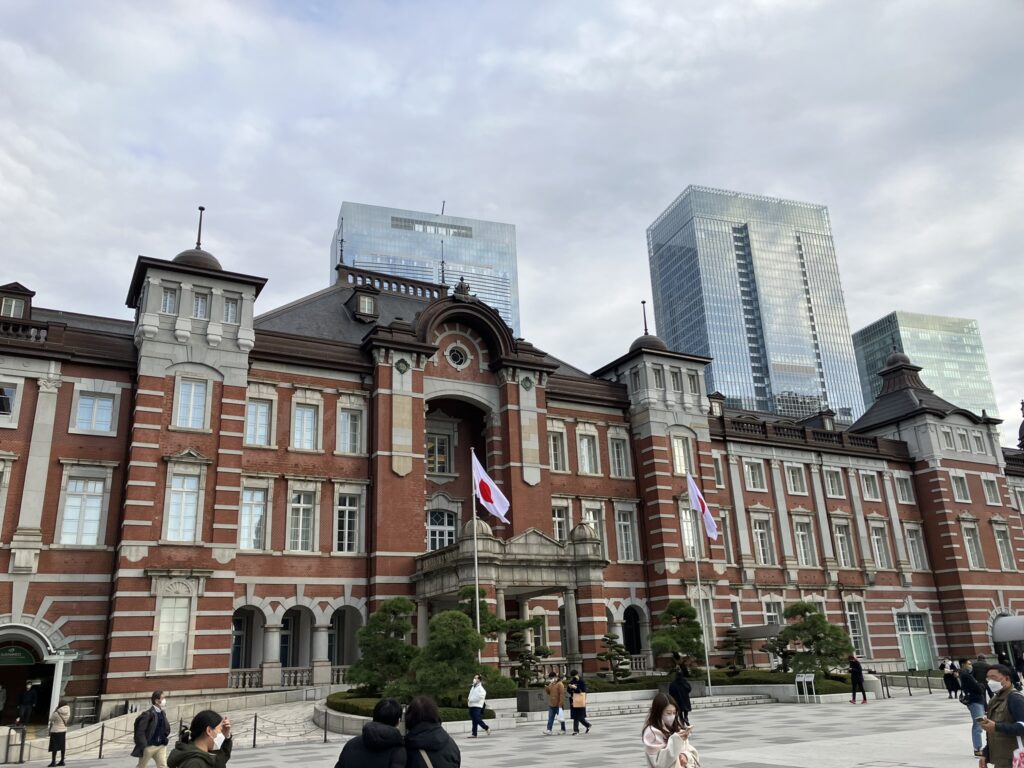
Due to my interests and my experience as the Office of Sustainability’s Transportation EcoLead and a Geography and Urban Studies student, I spent most of my time exploring the transportation system of Tokyo. Many days after school, I would walk out of Temple Japan’s building and make my way towards Sangenjaya Station on the Den-en-toshi metro line. From there, it only takes two stops to reach the bustling entertainment district of Shibuya, famous for its iconic scramble crossing. Besides entertainment, Shibuya also hosts one of the many mega-transfer stations in the Tokyo region, a bustling hub of commercial activity with eight train lines intersecting within it its massive structure of impressive skyscrapers and labyrinthian hallways all intertwined. Every day was a new adventure with all the options I had at the tap of a PASMO smartcard. That’s honestly what’s truly magical about Tokyo: the plethora of options and the convenience that they provide, and one of the places this truly manifests is in its transit system.
Like the rest of Tokyo, public transit usage at Temple University Japan is incredibly high. Practically every student gets to school by train, and those who don’t bike or walk. But why is public transit so popular amongst students? For one, the university is conveniently located near Sangenjaya Station on both the Setagaya and Den-en-toshi lines.
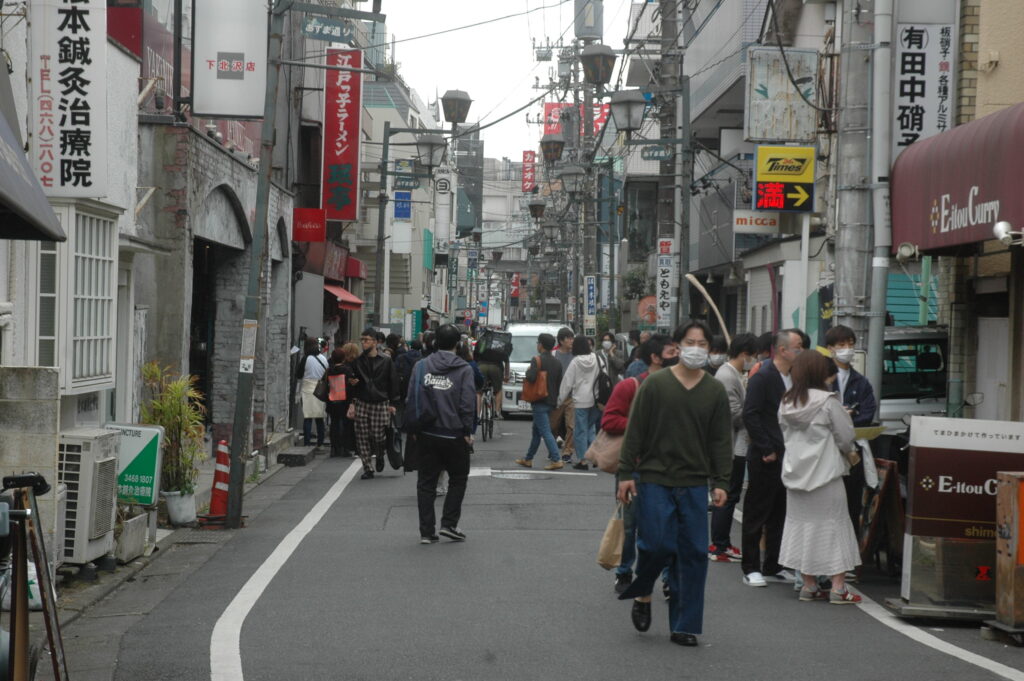
This connectivity allows practically anyone in Tokyo’s 23 wards to get to school in an hour or less. Secondly, driving to school is made nearly impossible by the lack of parking, the narrow roads leading to campus, and the difficulties innate to buying and owning a car in Tokyo, especially as a foreign student. Biking or walking to school is made easy by the narrow streets, which put bikes and pedestrians first and cars second. Additionally, a convenient system of bike shares and bike parking reduces the hassle of buying and safely parking a bike that we often see in American cities. Through a combination of frequent service, plentiful amenities, and excellent reliability, Tokyo’s rail network is certainly among the greatest in the world, and as such, the ridership numbers are extremely high: over 8.7 million people ride the subway network every day.
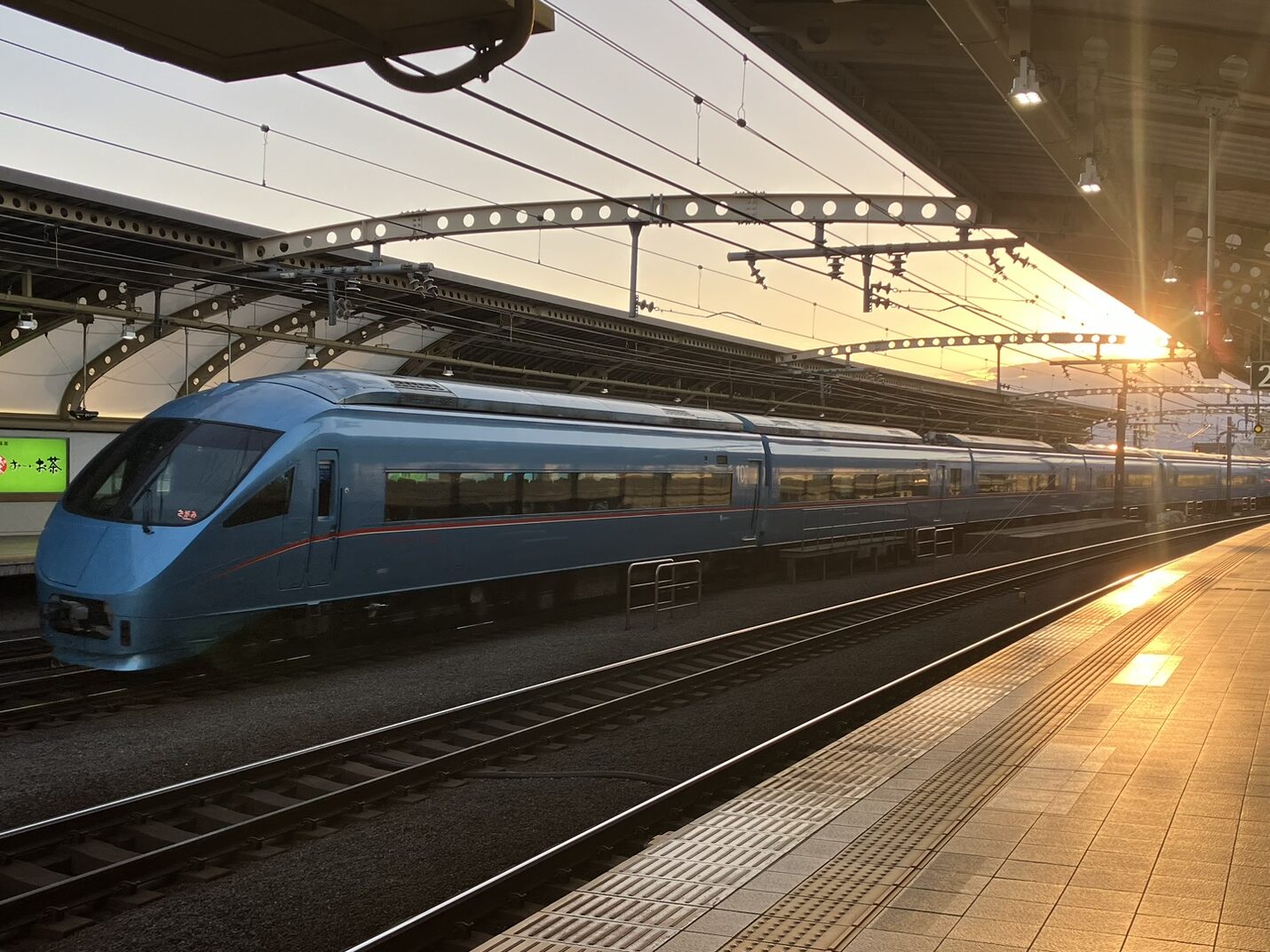
Unlike in American cities, hardly anyone in the Tokyo area thinks twice about riding public transit to their destination. In my time there, I recall only once or twice running into any major hiccup such as a delay or gap in service. I could often just walk out of my apartment in the morning without any rush or stress to catch a specific train. All I needed to do was show up at my local station, and the system would take me where I needed to go in almost exactly the same amount of time every single day.
By contrast, here in Philadelphia I almost always map my route on the Transit App or Apple Maps or check the schedules so I know exactly when I have to leave to catch a specific train or bus. If I don’t catch that specific one, then it’s possible I’ll be late to my destination or miss a transfer somewhere along the way. However, even if I plan, no amount of planning can account for a train or bus just not arriving at the scheduled time or extremely infrequent service. SEPTA is volatile and often unpredictable or inconvenient. This is something that has to change if we are to get more people out of their cars and onto the more sustainable option: public transit.
Personal automobiles are quite popular in Philadelphia and the United States as a whole, and some say they’re completely unavoidable for most transportation needs, but in reality, Temple’s Main Campus actually has a lot of the same bones required to be just as good at getting students out of cars as the Tokyo campus.
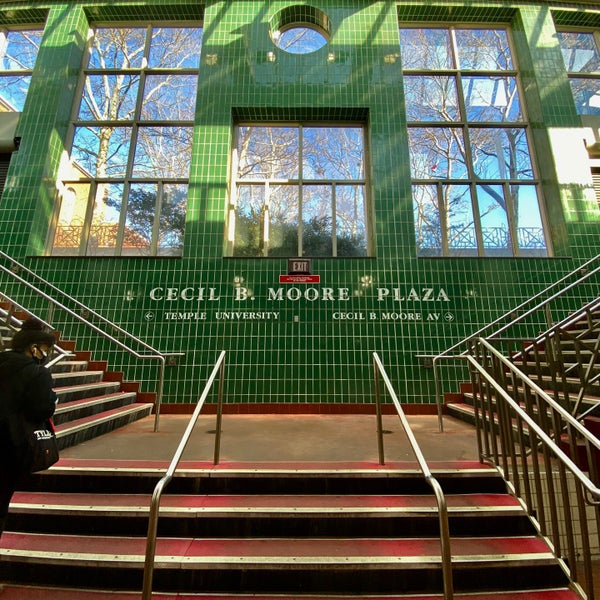
Three transit stations and multiple bus routes exist on or near campus, and the bike share and bike parking around campus are quite plentiful. The issue isn’t a lack of options, but that all of these features lack the same level of quality and reliability as those in Tokyo, preventing them from reaching their true potential. Additionally, the dominance of car infrastructure and a lack of decent funding for transit and bike infrastructure in Philadelphia and the United States as a whole leaves much to be desired for current and potential users. That’s not to mention the safety and cleanliness issues that disincentivize people from choosing transit, another symptom of government disinvestment and sparse funding. If we are to be serious about sustainable and equitable transportation in this country, we need to call upon our elected officials and government agencies alike to put the needed investment into our public transportation systems and bike networks. Not only could it save lives, but it also might save our planet in the process.